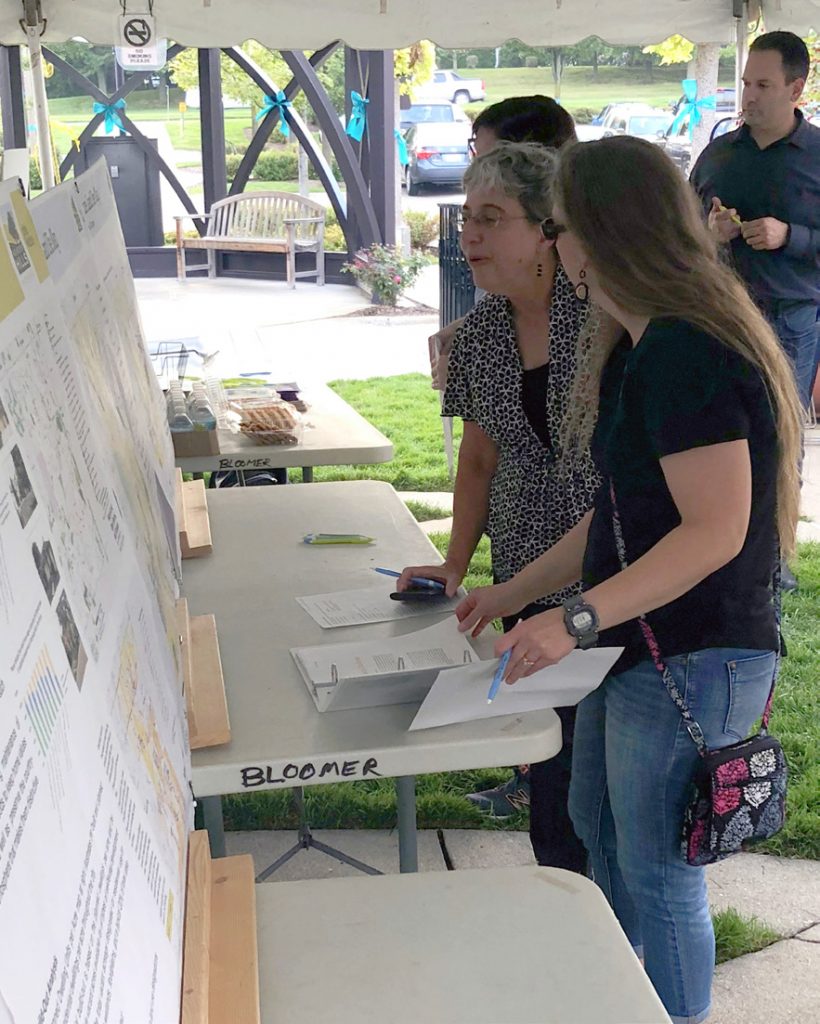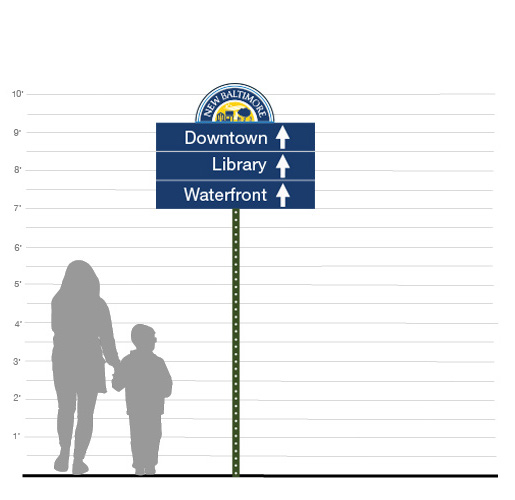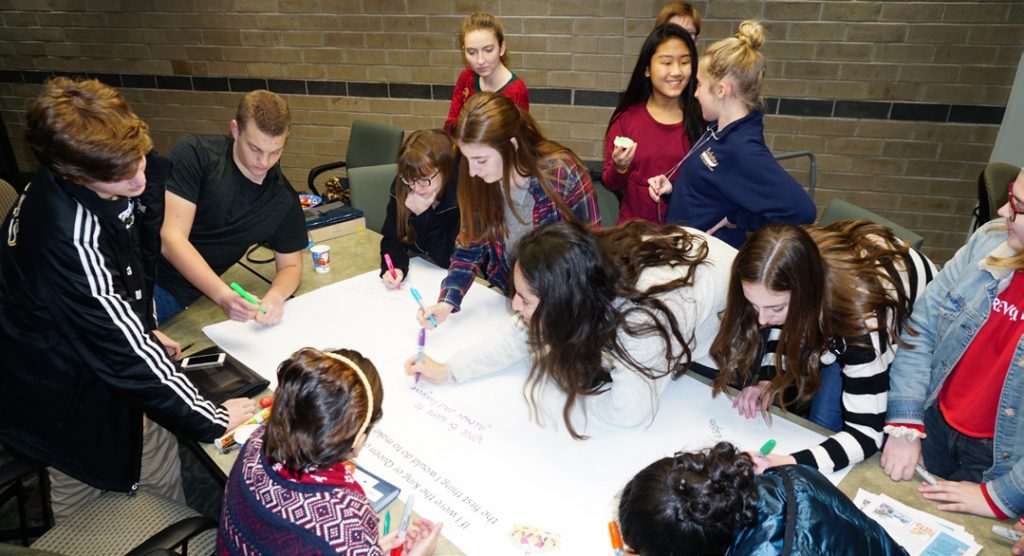Celebrating National Community Planning Month
Planning Plays a Vital Role in the Day-to-Day Happenings of Citizens in Every Community.

How do they get to work or school? Where do they live? Where do they shop? October has been designated as National Community Planning Month by the American Planning Association (APA) as a way to highlight the role of planners and planning in each community.
Planning is the process of envisioning, mapping or otherwise conceiving how a community will look, grow, and define itself—its characteristics, attributes, and identity. As our communities continue to change and grow, planners play an important role in ensuring that new developments are designed and are built in harmony with the community’s vision for the surrounding area. Planners must carefully balance the needs and desires of residents against the challenges presented by growth and change not just in the physical realm, but also economically and socially.
To learn more about National Community Planning Month, visit www.planning.org/ncpm.
Why is Planning Important?
Some communities resist change because people say they like things the way there are. So how does a community remain the type of place that is appealing now and in the future? How can a community become a desirable place to live and work? It doesn’t often happen by accident – and it doesn’t happen by doing nothing. Maintaining or improving the quality of a community is a result of action, rather than inaction. Good communities are planned, and planning is an on-going process.
A plan in its most basic form is defined as “a series of steps to be carried out or goals to be accomplished.” In fact, the SCORE Association, a nonprofit association dedicated to educating entrepreneurs and helping small businesses, notes that, “the act of planning helps you to think things through thoroughly, to study and research when you are not sure of the facts, and to look at your ideas critically. It takes time, but avoids costly, perhaps disastrous, mistakes later.”
Planning for a community is no different. The act of studying how a community is working, what needs improvement, and what should be maintained is important. All communities should actively plan for success by encouraging economic growth and nurturing entrepreneurs, providing ample housing, fostering civic pride, and protecting natural resources. So where to begin? One of the most important actions a community can take is to understand and evaluate its assets: businesses, residential areas, and the area(s) the community considers its “center.” These assets are the elements of “placemaking.” Focusing on community assets and strengthening them
through placemaking leads to creating a sustainable community.
Forward-thinking communities recognize that long-range planning and implementation contribute to the balance between economic, social and environmental health and resilience. It is this way of thinking—this balance—that requires communities to consider the long-term sustainability of their policies. Communities that plan for and implement sustainable objectives will create “someplace,” rather than “anyplace.” In other words, a community can (and must) plan to evolve into a place with identity and purpose that is equally attractive to residents and business owners. Planning today is more important than ever to create and maintain desirable places that offer economic opportunity, vibrant commercial areas, comfortable and safe neighborhoods, and a healthy environment.
New Baltimore Wayfinding Plan

Giffels Webster recently completed the City of New Baltimore Wayfinding Sign Plan with the assistance of Art On The Bay and city leadership. The Wayfinding Plan is an implementation tool that was envisioned in the city’s Master Plan to promote downtown, the waterfront park, and other amenities with the traveling public along the major city thoroughfares. Using mobile GIS technology, Giffels Webster staff identified existing wayfinding related street signs throughout the city, then provided recommendations for 12 phase one MDOT-style wayfinding signs that were finalized with the wayfinding committee. This Wayfinding Plan provides Art On The Bay and the city a user-friendly visual framework and preliminary details that will now be presented to road agencies for installations of signs, which should begin to be installed in late 2019 / early 2020.
2019 MAP Planning Award

We are proud to announce that our team accepted the 2019 Public Outreach Planning Excellence Award for our work on the City of Rochester Hills Master Plan Update alongside the city’s planning and economic development director at Michigan Association of Planning’s (MAP) annual conference, Planning Michigan, held on September 25. Giffels Webster assisted Rochester Hills in gathering public input from a diverse group of residents to ensure the master plan reflected the vision of the community.
Rochester Hill’s vision for updating the master plan was fueled by three guiding principles: to preserve, to enhance, and to diversify. With these goals in mind, the planning process began with a series of visioning workshops with city leadership, the Rochester Hills Youth Council, and the Planning Commission and City Council. Through these meetings, the following themes emerged and influenced the plan’s development:
- Sustainability: directing growth, development and redevelopment in ways that preserve natural features, reduce storm water runoff and enhance non-motorized transportation.
- Transportation: supporting connectivity throughout the city and anticipating how changing technology will impact mobility.
- Creating an age-friendly community: exploring opportunities to accommodate residents of all ages with a variety of options of housing, transportation, goods and services, and community facilities and resources.
Various tactics including Giffels Webster’s Picture This!™ – a crowd-sourced planning tool, adult and youth surveys, open houses, story maps and more were employed to increase participation among the general public.
For more information, please call Giffels Webster at 866.271.9663 and visit www.giffelswebster.com.